Born December 12, 1915 in Hoboken, New Jersey, USA
Died May 14, 1998 in Los Angeles, California, USA
Birth Name Francis Albert Sinatra
Nicknames The Voice
Chairman of the Board
Ol' Blue Eyes
Swoonatra
The Sultan of Swoon
La Voz
Frankie
Height 5' 7" (1.7 m)
Mini Bio (1)
Frank Sinatra was born in Hoboken, New Jersey, to Italian immigrants Natalina Della (Garaventa), from Northern Italy, and Saverio Antonino Martino Sinatra, a Sicilian boxer, fireman, and bar owner. Growing up on the gritty streets of Hoboken made Sinatra determined to work hard to get ahead. Starting out as a saloon singer in musty little dives (he carried his own P.A. system), he eventually got work as a band singer, first with The Hoboken Four, then with Harry James and then Tommy Dorsey. With the help of George Evans (Sinatra's genius press agent), his image was shaped into that of a street thug and punk who was saved by his first wife, Nancy Barbato Sinatra. In 1942 he started his solo career, instantly finding fame as the king of the bobbysoxers--the young women and girls who were his fans--and becoming the most popular singer of the era among teenage music fans. About that time his film career was also starting in earnest, and after appearances in a few small films, he struck box-office gold with a lead role in Anchors Aweigh (1945) with Gene Kelly, a Best Picture nominee at the 1946 Academy Awards. Sinatra was awarded a special Oscar for his part in a short film that spoke out against intolerance, The House I Live In (1945). His career on a high, Sinatra went from strength to strength on record, stage and screen, peaking in 1949, once again with Gene Kelly, in the MGM musical On the Town (1949) and Take Me Out to the Ball Game (1949). A controversial public affair with screen siren Ava Gardner broke up his marriage to Nancy Barbato Sinatra and did his career little good, and his record sales dwindled. He continued to act, although in lesser films such as Meet Danny Wilson (1952), and a vocal cord hemorrhage all but ended his career. He fought back, though, finally securing a role he desperately wanted--Maggio in From Here to Eternity (1953). He won an Oscar for best supporting actor and followed this with a scintillating performance as a cold-blooded assassin hired to kill the US President in Suddenly (1954). Arguably a career-best performance--garnering him an Academy Award nomination for Best Actor--was his role as a pathetic heroin addict in the powerful drama The Man with the Golden Arm (1955).
Known as "One-Take Charlie" for his approach to acting that strove for spontaneity and energy, rather than perfection, Sinatra was an instinctive actor who was best at playing parts that mirrored his own personality. He continued to give strong and memorable performances in such films as Guys and Dolls (1955), The Joker Is Wild (1957) and Some Came Running (1958). In the late 1950s and 1960s Sinatra became somewhat prolific as a producer, turning out such films as A Hole in the Head (1959), Sergeants 3 (1962) and the very successful Robin and the 7 Hoods (1964). Lighter roles alongside "Rat Pack" buddies Dean Martin and Sammy Davis Jr. were lucrative, especially the famed Ocean's 11 (1960). On the other hand, he alternated such projects with much more serious offerings, such as The Manchurian Candidate (1962), regarded by many critics as Sinatra's finest picture. He made his directorial debut with the World War II picture None But the Brave (1965), which was the first Japanese/American co-production. That same year Von Ryan's Express (1965) was a box office sensation. In 1967 Sinatra returned to familiar territory in Sidney J. Furie's The Naked Runner (1967), once again playing as assassin in his only film to be shot in the U.K. and Germany. That same year he starred as a private investigator in Tony Rome (1967), a role he reprised in the sequel, Lady in Cement (1968). He also starred with Lee Remick in The Detective (1968), a film daring for its time with its theme of murders involving rich and powerful homosexual men, and it was a major box-office success.
After appearing in the poorly received comic western Dirty Dingus Magee (1970), Sinatra didn't act again for seven years, returning with a made-for-TV cops-and-mob-guys thriller Contract on Cherry Street (1977), which he also produced. Based on the novel by William Rosenberg, this fable of fed-up cops turning vigilante against the mob boasted a stellar cast and was a ratings success. Sinatra returned to the big screen in The First Deadly Sin (1980), once again playing a New York detective, in a moving and understated performance that was a fitting coda to his career as a leading man. He made one more appearance on the big screen with a cameo in Cannonball Run II (1984) and a final acting performance in Magnum, P.I. (1980) in 1987 as a retired detective seeking vengeance on the killers of his granddaughter in an episode entitled "Laura".
- IMDb Mini Biography By: David Montgomery (qv's & corrections by A. Nonymous)
Spouse (4)
Barbara Marx (11 July 1976 - 14 May 1998) ( his death)
Mia Farrow (19 July 1966 - 16 August 1968) ( divorced)
Ava Gardner (7 November 1951 - 5 July 1957) ( divorced)
Nancy Barbato Sinatra (4 February 1939 - 29 October 1951) ( divorced) ( 3 children)
Trade Marks: Crooning voice. Black fedora. Blue eyes. Sports coat. Always wore a three piece suit or tuxedo. Use of 1950's slang.
Frequently worked with fellow Rat Pack members Dean Martin, Sammy Davis Jr., Joey Bishop and Peter Lawford.
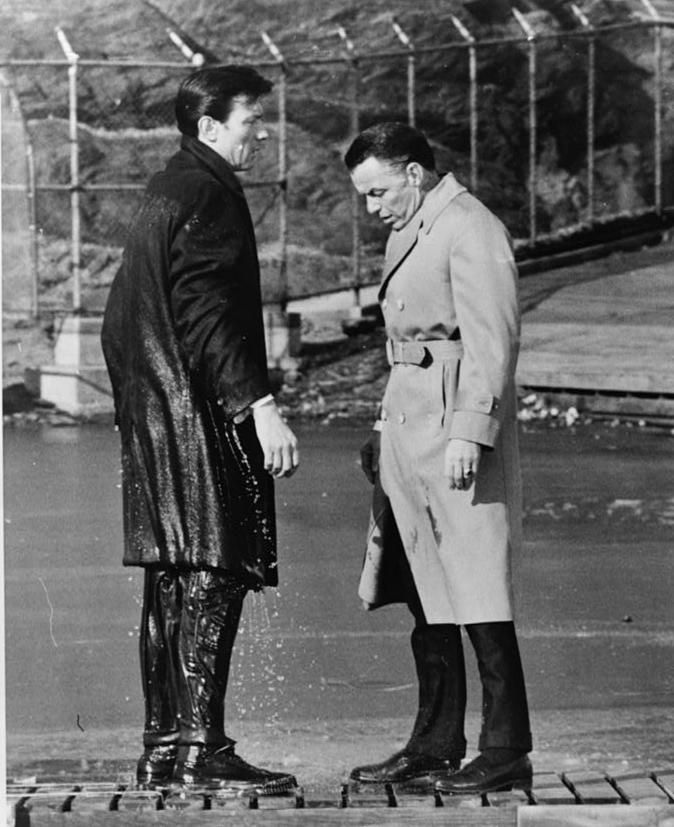
 Kathy Pinna
Kathy Pinna 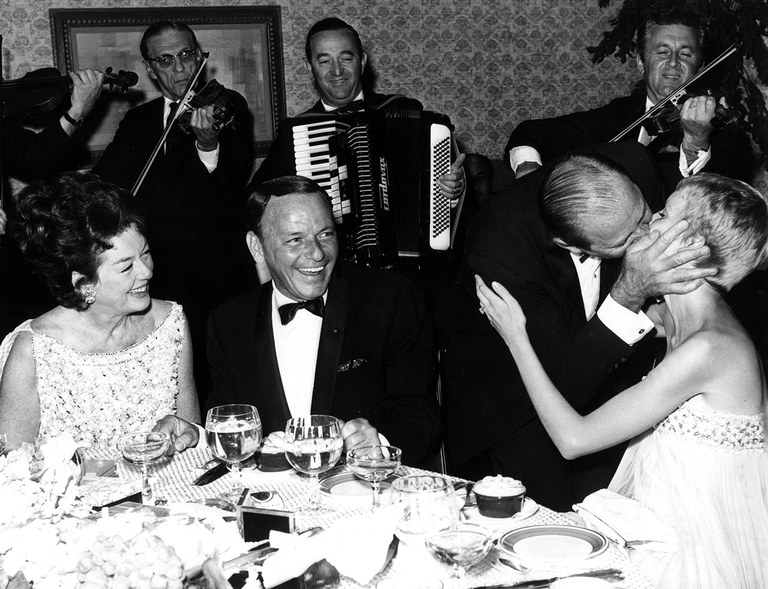
 Amanda S. Stevenson
Amanda S. Stevenson 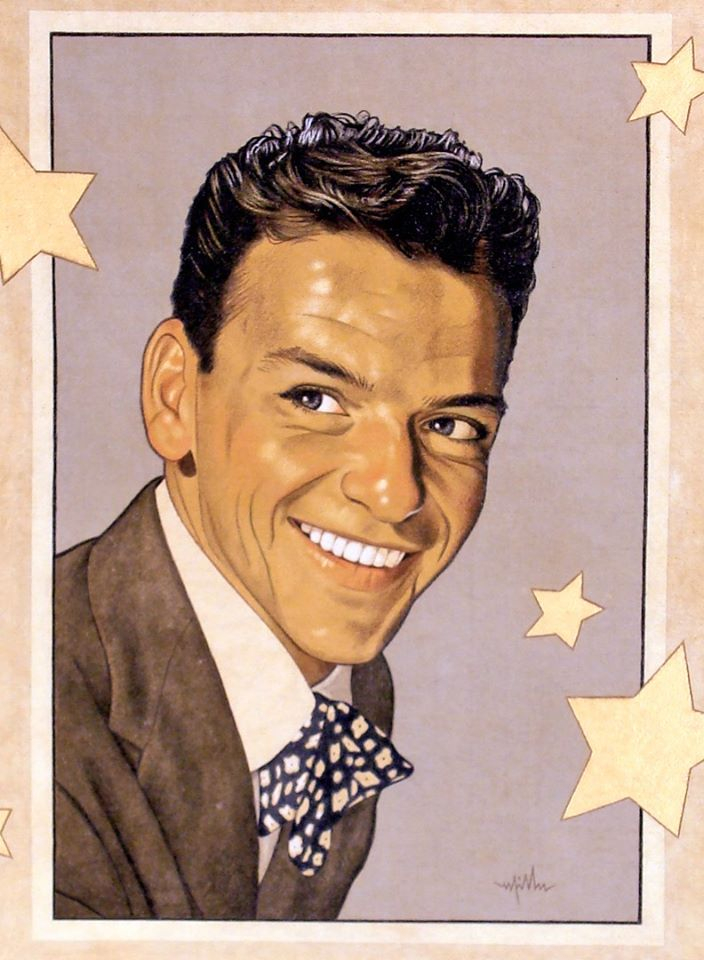
 Amanda S. Stevenson
Amanda S. Stevenson 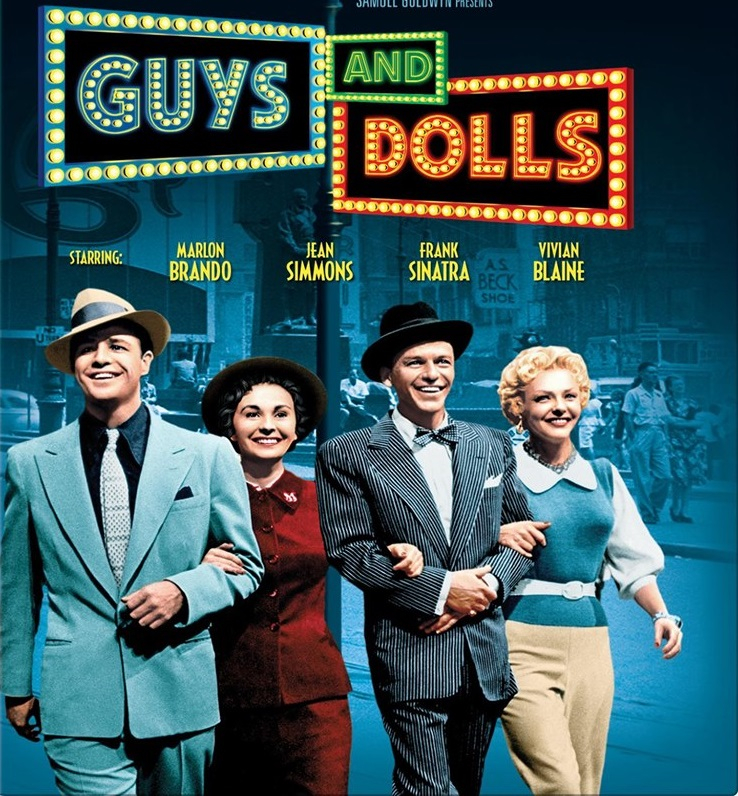
 Amanda S. Stevenson
Amanda S. Stevenson 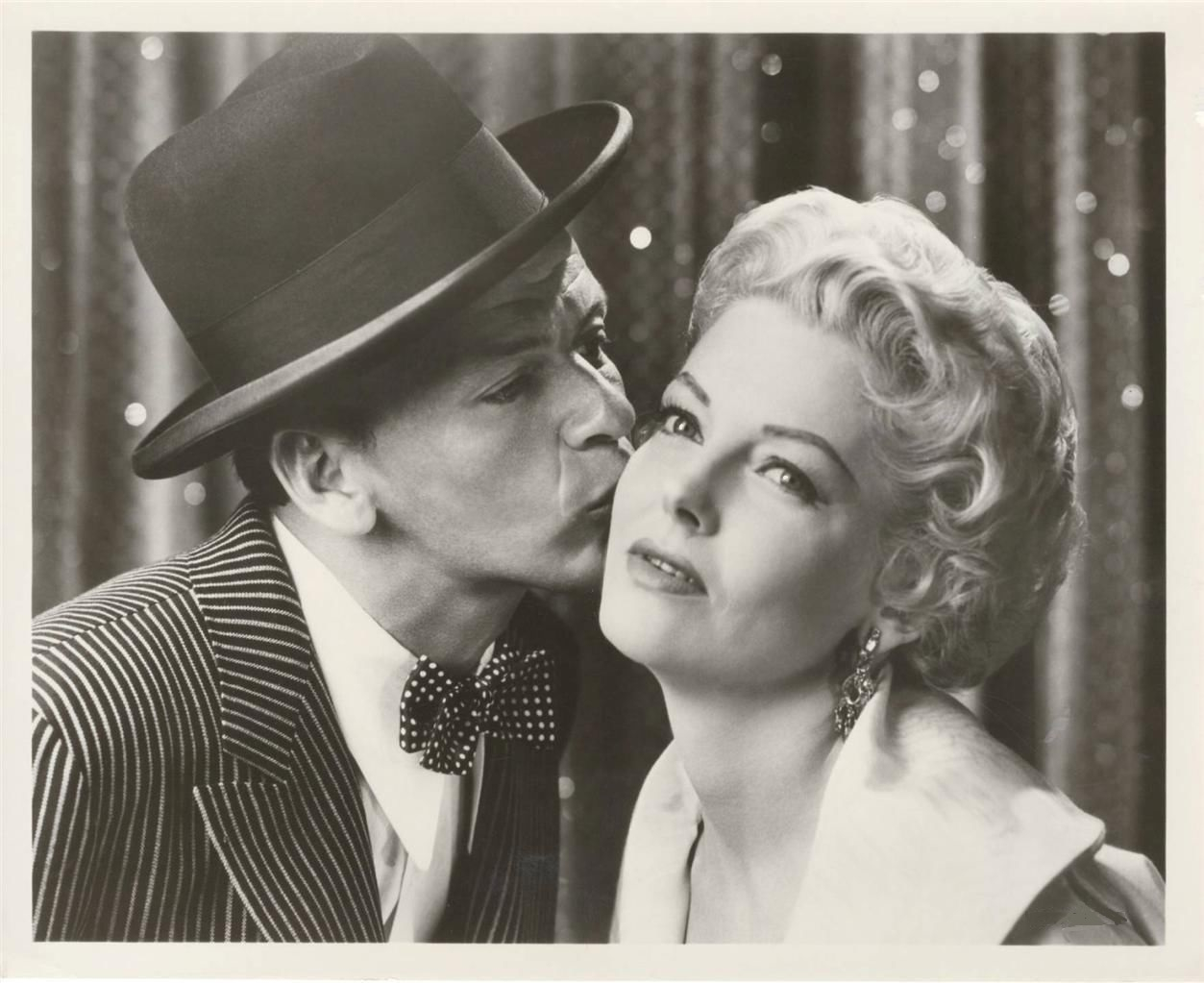
 Amanda S. Stevenson
Amanda S. Stevenson 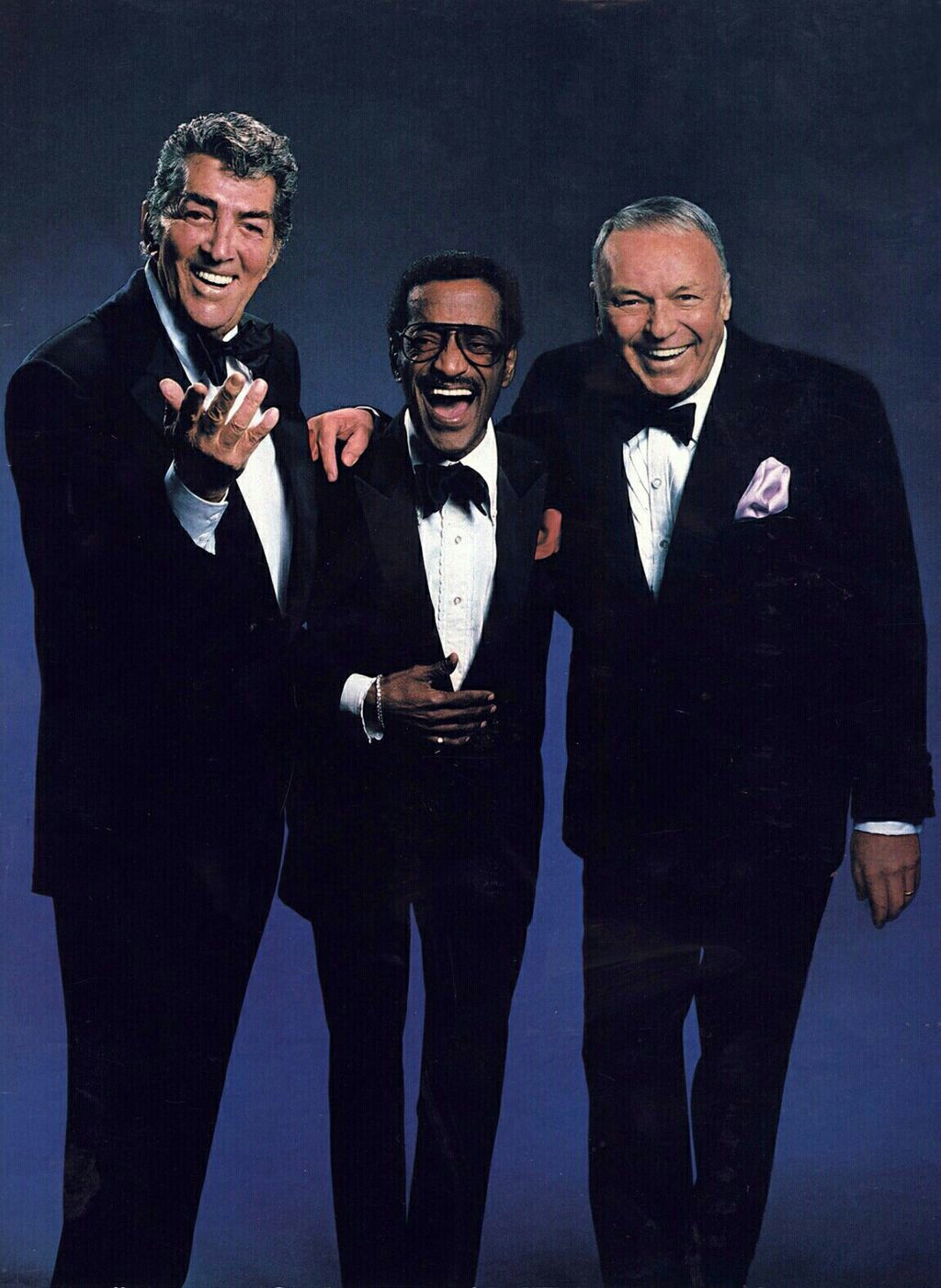
 Amanda S. Stevenson
Amanda S. Stevenson 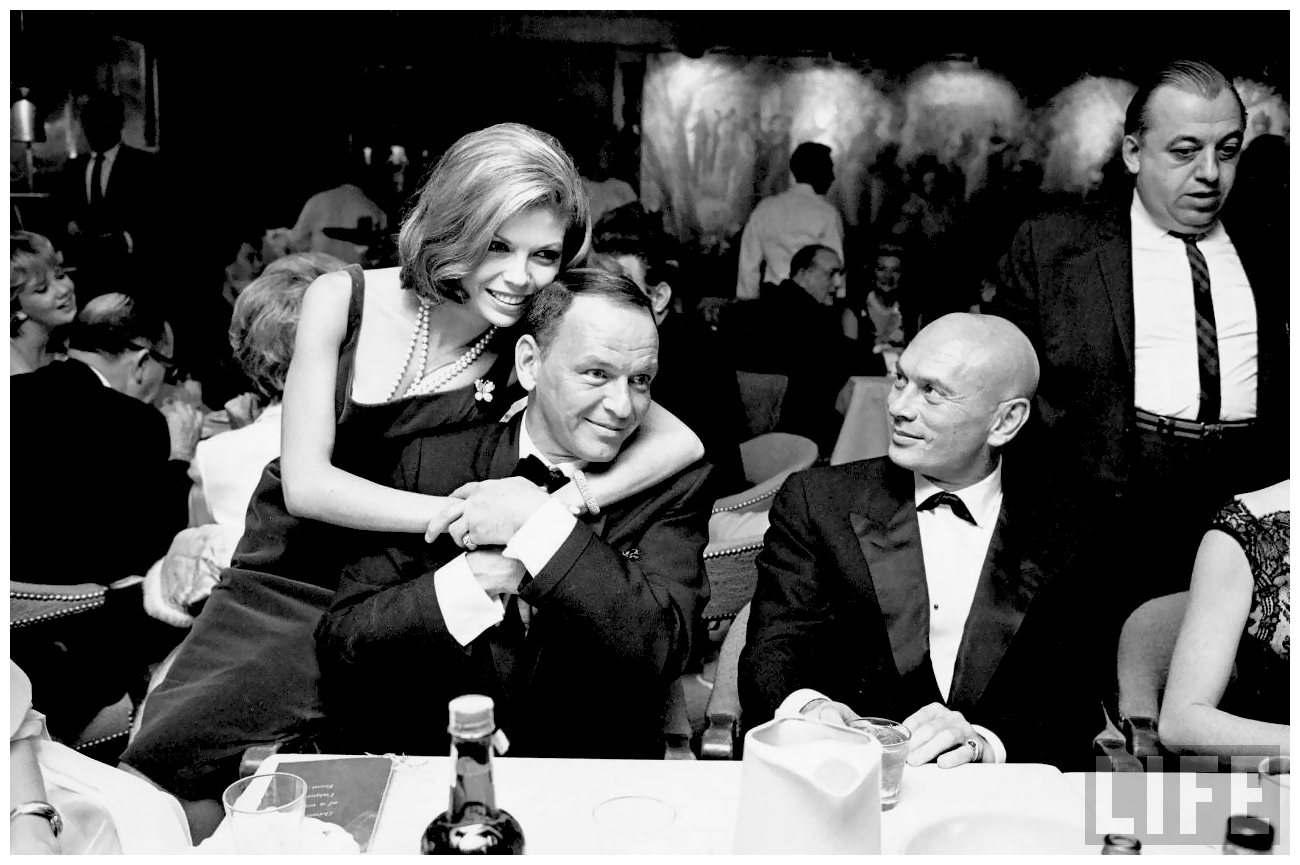
 Amanda S. Stevenson
Amanda S. Stevenson 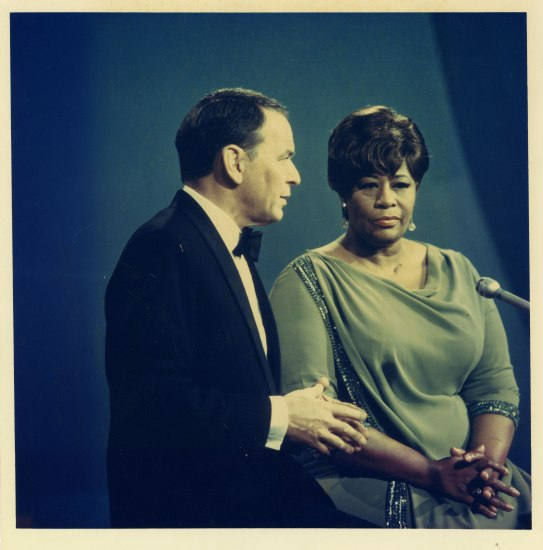
 Amanda S. Stevenson
Amanda S. Stevenson 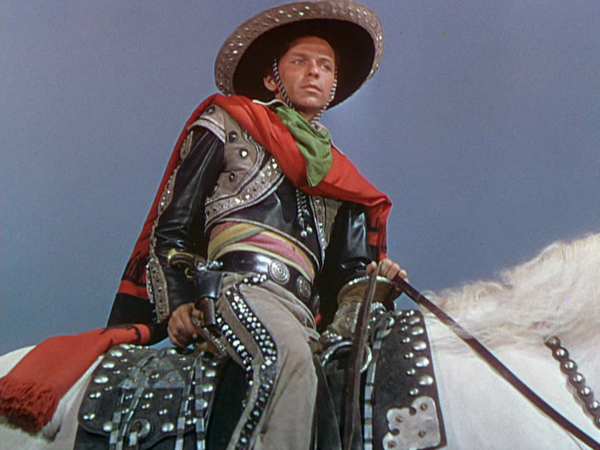
 Amanda S. Stevenson
Amanda S. Stevenson 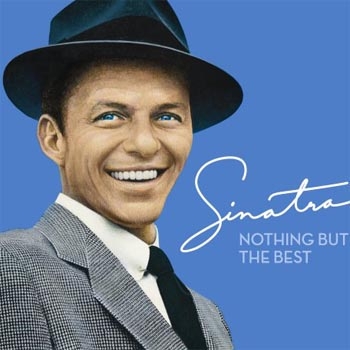
 Amanda S. Stevenson
Amanda S. Stevenson 